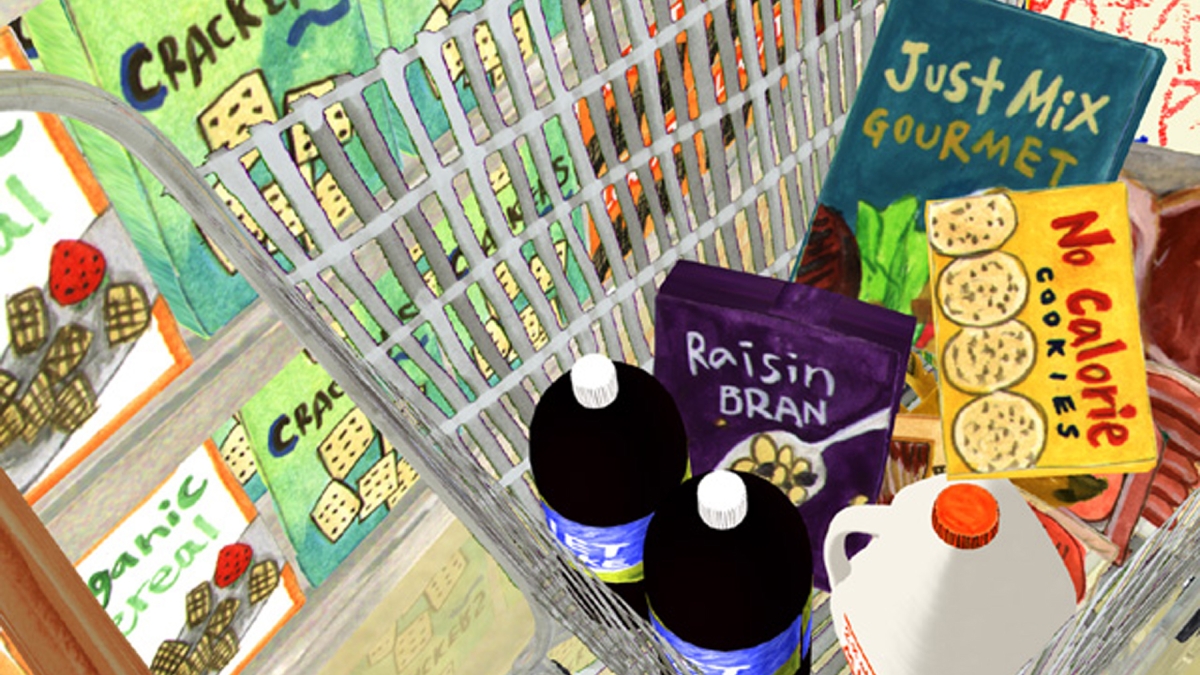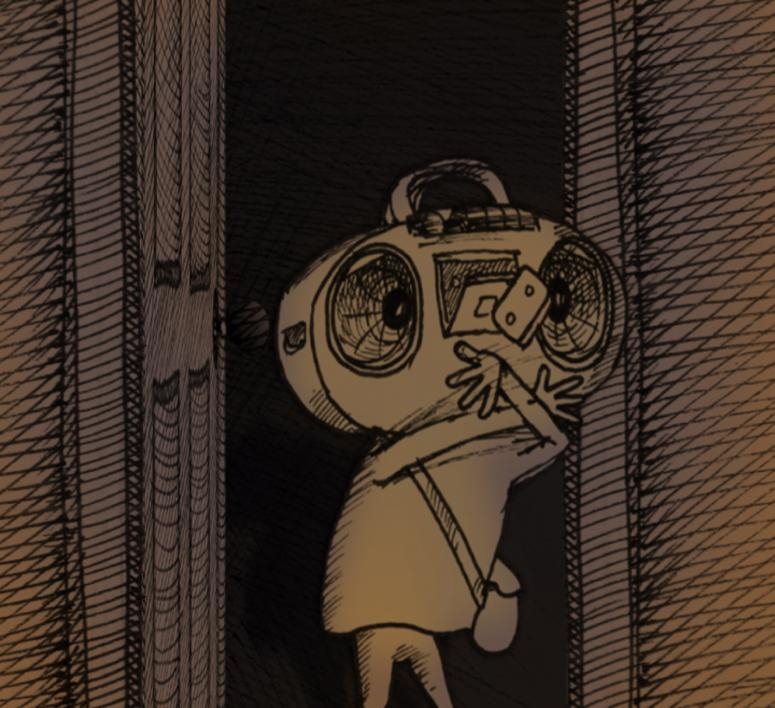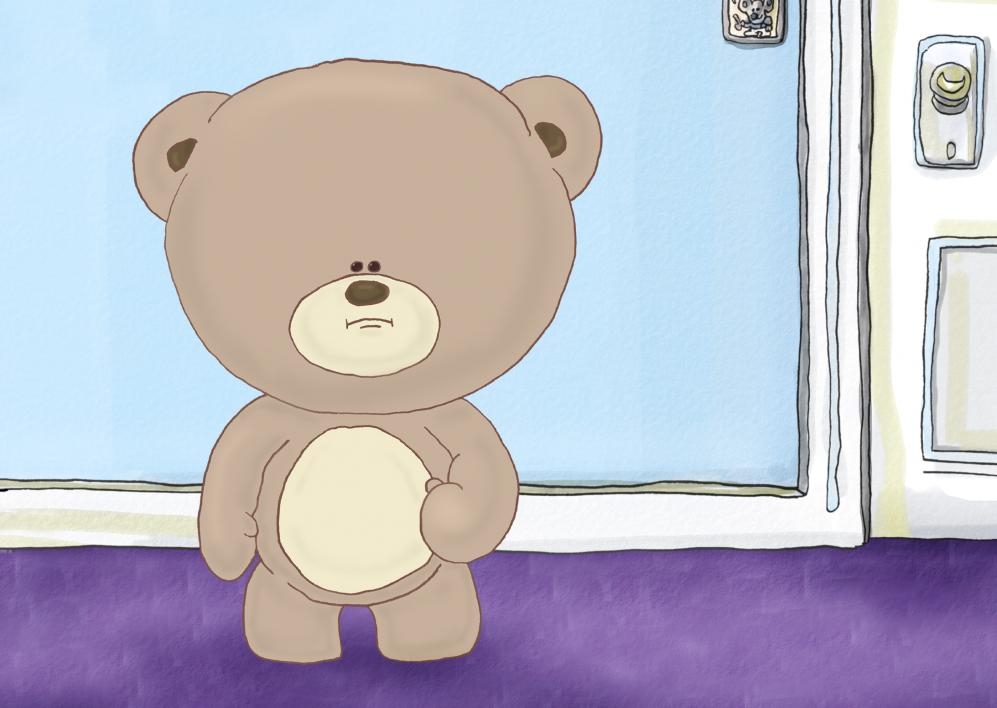Film and video festival with cult following marks eighth year at ASU Art Museum

Better Life
ATSUKO KUBOTA
Los Angeles, California
Photo courtesy of Herberger Institute for Design and the Arts
TEMPE, Ariz. – Hillbilly recipes, terrorism paranoia and talking oranges – you’ll find all these and more at the ASU Art Museum’s Eighth Annual Short Film and Video Festival, commencing at 8 p.m., April 24. The popular festival is held on the outdoor plaza at the Nelson Fine Arts Center, creating an atmosphere that encourages attendees to bring a picnic basket and a blanket or lawn chair to make the most of Arizona’s loveliest weather.
This annual film and video festival celebrates the artistic and creative endeavors of artists with different visions and levels of experience. It is different from most other such festivals, in that there is no entry fee for the film and video makers, or for the audience members. The venue is also part of the event’s charm, according to organizer John Spiak.
“People ask why we don’t present the festival in a traditional theatre,” Spiak said. “We want to keep it very informal, with the feel of a Fourth of July picnic. Arizona’s beautiful spring weather is a great asset and we believe it enhances the event.”
Attendance at the festival, which has developed a following among filmmakers and aficionados alike, has grown from about 500 in 1997 to a regular attendance of over 1,000. It attracts entries from around the world; this year organizers received 322 entries from 27 states and 21 other nations. The festival’s fame has spread as far as Australia, South Korea, Singapore, Uruguay, Hungary, Singapore, and Israel, to name just a few of the countries from which this year’s entries came.
Jurors John Spiak and Bob Pece chose 20 entries representing the United States, Canada, Australia and Uruguay, and varying from 60 seconds to 10 minutes in length. Three entries are from Arizona, including one by a high school student who attends Metro Arts Institute. Devin Nordmeyer’s film,Articulate Citrus, tells the story of a man who finds a talking orange in his fridge.
Other Arizona filmmakers in this year’s festival are Phoenix resident Ricky Faust and Tucson resident Edward Kim. Faust’s film Homeland Security is a short story of a man so entrapped by the paranoia and fear of his “post-September 11” world that he bars himself inside his home. Kim introduces his viewers to Hobbes, a dog who is left alone, unable to follow the rules his master expected of him. All the instructions were just Garpenfargle to Hobbes. Garpenfargle is a whimsical film that presents what Spiak describes as the best acting he has seen by a dog.
“ The dog is just wonderful in this piece,” Spiak says. “The dog is an actor and there’s just no other way to say it.”
All films and videos will be projected in VHS format. Awards are given for the best entries. Most of the entries in this year’s festival are family friendly, according to Spiak. Among this year’s film genres are animation, comedy, drama and documentary. One of the wonderful aspects of a short film and video festival is the enormous variety. This year’s films vary from humorous, to mysterious, to powerful social statements.
Downhome Cookin’ by 13-year-old Peter Enns, is a digital animation about a hungry hillbilly who prepares a special dish by following his family’s favorite recipe: roadkill raccoon! Enns is planning a career in animation and music, and created his film as part of a program in animation and video editing that is available to students in Greenbelt, Md.
Other films in this year’s festival include 84715 by Guillermo Carbonell of Montevideo, Uruguay, in which a man sees in his dreams a five-digit number. When he wakes up, the number starts to appear in various elements of his everyday life. Is it coincidence or a signal?
Bob Paris of Richmond, Va., has three films in this year’s festival. They include a powerful documentary, Johnny Dullstar, which takes a grim look at the myth of Hollywood. The film is a portrait of the one-legged man who shines the stars along the Hollywood Boulevard. Another of Paris’s films isMy Favorite Things, which sets surreal animation from TV’s coverage of the Iraq war to the warm and comforting tones of the film’s title song. It is not just the disturbing juxtaposition of the song and footage that made an impression on Spiak and his fellow juror, Pece.
“ It’s almost like a ballet,” Spiak says of the brilliantly edited film. “The helicopters drift almost like they’re choreographed to the music and the explosions are timed perfectly.”
The ASU Art Museum is a division of The Katherine K. Herberger College of Fine Arts. It is located in the Nelson Fine Arts Center on the southeast corner of Mill Avenue and 10th Street, Tempe. For more information, members of the public should call the ASU Art Museum at (480) 965-2787.
When You Go:
| Location: | Nelson Plaza, Nelson Fine Arts Center, 10th Street and Mill Avenue, Tempe. |
| Date & Time: | 8-11 p.m. (approx.,) Saturday, April 24. |
| Parking: | Parking is free at ASU on weekends. Parking for physically challenged visitors is available in front of the Nelson Fine Arts Center. |
| What to Bring: | Chairs or a blanket to sit on, food and drinks if you would like to enjoy a picnic. |
| Cost: | Free |
| Website: | http://asuartmuseum.asu.edu |
Media Contact:
Denise Tanguay
480.965.7144
denise.tanguay@asu.edu

